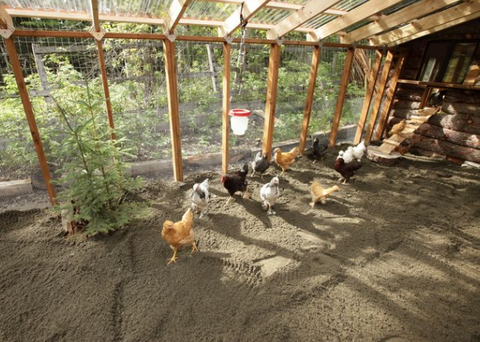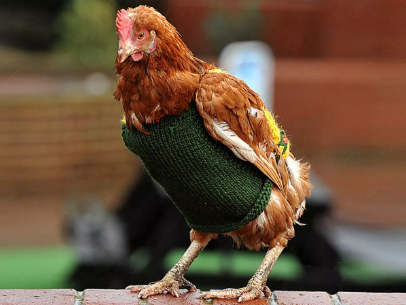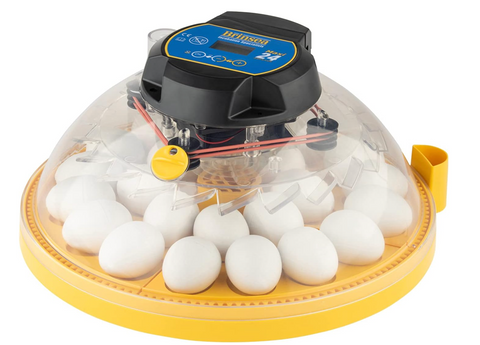Can You Use Sand in Your Chicken Coop?
(Yes—Here’s Why You Might Want To!)
If you've been exploring different bedding options for your chicken coop, you've probably come across people using sand—and you might be wondering: Is it really a good idea?
The short answer? Yes!
Sand can be an excellent option for both chicken coops and runs, offering a range of benefits that traditional bedding materials (like straw or wood shavings) often can't match.
In this blog, we’ll go over the pros and cons of using sand in your coop, what type of sand is best, and tips for keeping it clean and safe for your flock.
🐔 Why Use Sand in the Chicken Coop?
Here are some of the top reasons chicken keepers are switching to sand:
✅ 1. Excellent Drainage & Moisture Control
Sand doesn’t retain moisture like straw or shavings, which means fewer soggy spots and less odor. It dries out droppings quickly, helping control bacteria and ammonia levels.
✅ 2. Easier to Clean
Think of sand like a giant chicken litter box. You can scoop out droppings daily using a cat litter scoop or small rake. This makes for a cleaner coop with less mess and smell.
✅ 3. Reduces Parasites and Mites
Sand doesn’t provide a cozy home for mites or lice like organic materials do. Plus, chickens love to dust bathe in sand, which helps them naturally control parasites on their skin and feathers.
✅ 4. Cooler in Summer
On hot days, chickens will often dig shallow spots in the sand to lie in. It stays cooler than straw or shavings, providing a natural way for your flock to regulate their body temperature.
✅ 5. Great for Foot and Leg Health
Unlike damp bedding that can lead to foot problems (like bumblefoot), sand provides a dry, firm surface that promotes healthy feet and leg strength, especially in heavy breeds.
✅ 6. Long-Term Savings
While sand might cost more up front, it doesn’t need to be replaced as often as other bedding. With regular cleaning, it can last for months—even years—with just occasional top-ups.
🪨 What Type of Sand Should You Use?
Not all sand is created equal. For chicken coops, you’ll want to avoid fine play sand, which can retain moisture and create dust issues.
✔️ Best Type of Sand:
-
Construction-grade coarse sand
-
Sometimes called river sand, washed sand, or builder’s sand
-
Look for angular grains (not round like beach sand), as these drain better and provide grit for digestion
🚫 Avoid:
-
Play sand (too dusty and fine)
-
Silica sand (can cause respiratory issues)
-
Sand mixed with clay or soil (poor drainage)
🧼 How to Maintain a Sand-Filled Coop
Sand is low-maintenance—but not no maintenance. Here’s how to keep it fresh:
-
Scoop out droppings daily with a litter scoop or fine rake
-
Stir the sand occasionally to help with aeration and odor control
-
Replace or top up sand every 6–12 months depending on use
-
Consider using agricultural lime if you want to neutralize odors naturally
🐓 Bonus: Chickens Use It as Grit!
Chickens need grit to help grind food in their gizzard. While sand shouldn’t fully replace insoluble grit (like granite), they’ll naturally pick up some grit from the sand, especially in the run. It's an added digestive bonus!
🌦 Can You Use Sand in the Chicken Run Too?
Yes! Sand works just as well (if not better) in the run than inside the coop. It drains quickly, doesn't get muddy, and provides a clean surface for scratching, pecking, and dust bathing. Just make sure your run is covered or well-drained to avoid heavy rain turning it into a swamp.
⚠️ A Few Things to Keep in Mind
-
In cold climates, sand can freeze in winter and may become hard and uncomfortable for your birds. Consider mixing with straw or switching bedding seasonally.
-
Sand can get hot in full sun, so make sure your run has some shade.
-
You may need to add extra grit during egg-laying seasons to support digestion and shell production.
🧡 Final Thoughts: Is Sand Right for You?
Sand might not be the traditional choice, but it’s clean, economical, and chicken-approved. If you're looking for an easy-to-maintain, odor-reducing, foot-friendly bedding, coarse sand might just be the coop upgrade you didn't know you needed.
Try it out—and don’t be surprised if your flock gives it two wings up! 🐔🌞
Have you tried sand in your coop or run? Share your experience or tips in the comments below—we’d love to hear from you!
– The Chook Manor Team 🐣




